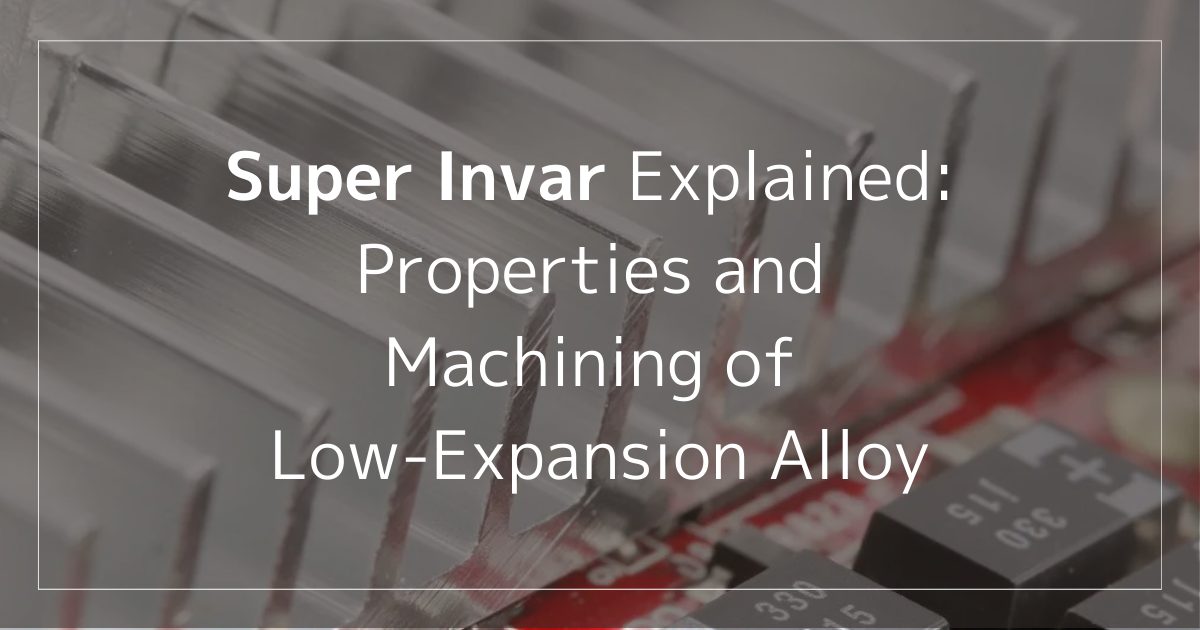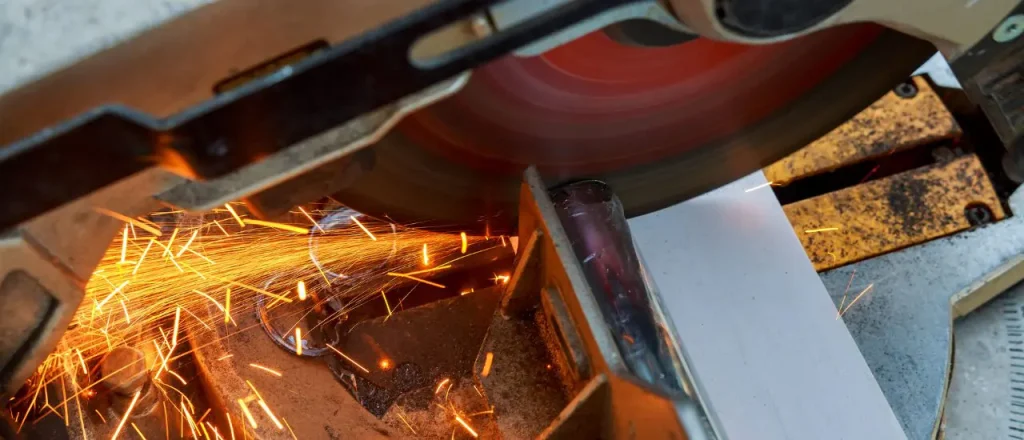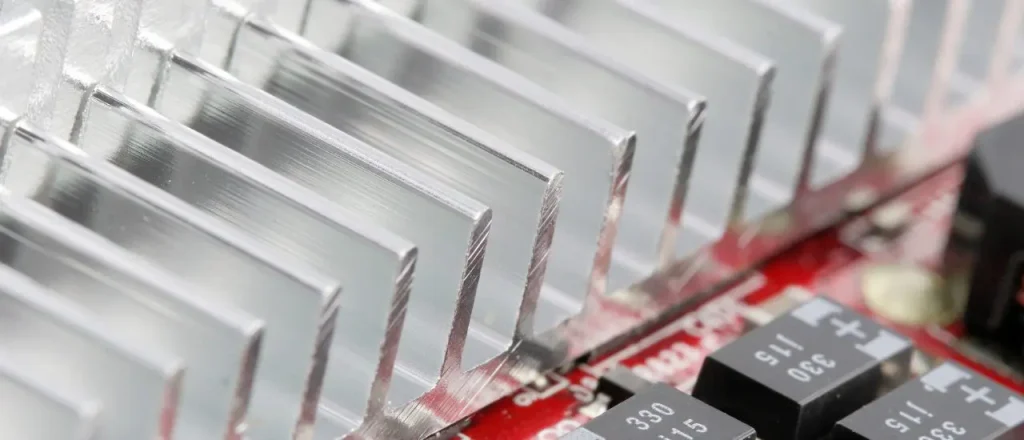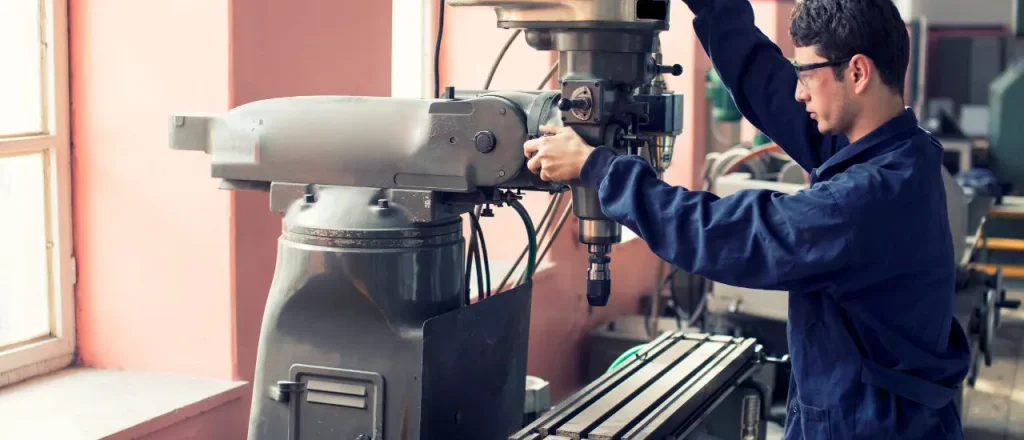Super Invar Explained: Properties and Machining of Low-Expansion Alloy

What is Super Invar?

Super Invar is a special alloy known for its exceptionally low thermal expansion rate. This allows it to maintain its shape and dimensions even with extreme temperature fluctuations, making it an essential material for precision instruments and scientific equipment.
Compared to conventional Invar, Super Invar has an even lower thermal expansion rate and better machinability. It is engineered to meet the precise requirements of industries ranging from semiconductor manufacturing to aerospace.
Differences Between Super Invar and Invar
The main differences between Super Invar and conventional Invar are the further reduction in thermal expansion rate and better machinability. Super Invar is less sensitive to temperature changes, providing more stable physical properties. This stability is essential for precise measurements and manufacturing in environments with frequent temperature shifts.
Characteristics of Super Invar

Minimal Shape Change Due to Temperature
Super Invar’s low thermal expansion rate ensures that its shape and dimensions remain nearly unchanged despite temperature variations. This is critical for reducing measurement errors in precision machinery and scientific instruments. However, this low thermal expansion rate is guaranteed only in environments below approximately 200℃
Difficult to Machine
While Super Invar’s softness and ductility help minimize deformation during shaping, they also make precision machining more challenging. Special tools and techniques are required, as conventional metalworking methods are insufficient.
Applications of Invar and Super Invar

Invar is widely used in precision equipment and devices that are sensitive to temperature due to its low thermal expansion coefficient and minimal dimensional changes. Key applications include:
- Semiconductor Manufacturing Equipment
- Semiconductor exposure equipment
- Optical devices
- Manufacturing equipment
- Precision inspection devices
- Measurement/Measuring instruments
- Low-expansion side of bimetals
- Shadow mask frames
- Seismic activity detectors
- Aerospace Industry
- Molds for composite parts
- Clocks
Machining Tools and Techniques for Super Invar

To machine Super Invar effectively, the following tools and methods are used:
Cutting Tools with Large Rake Angles
These tools are essential for machining Super Invar. They are designed to minimize heat generation during cutting, which reduces the risk of material distortion or deformation. This is crucial for maintaining material quality during precision machining.
High-Speed Steel (HSS) and Super Hard Alloys
Tools made from HSS or super hard alloys are commonly used for machining Super Invar due to their high wear resistance and heat resistance. These tools maintain consistent performance over long machining periods without losing precision.
Cooling Techniques
Proper cooling of the cutting edge during machining is crucial to prevent material deformation and quality degradation. Cooling systems using coolant liquids effectively reduce heat, ensuring that the material stays undamaged. However, care must be taken to manage cutting chips that could contaminate the coolant.
Machining Super Invar at Koyo High Precision
Koyo High Precision offers machining services for Super Invar, leveraging years of technical expertise and experience. With a strong foundation in advanced machining technologies, Koyo High Precision can meet even the most stringent specifications. For any Super Invar machining needs, please consult with Koyo High Precision
